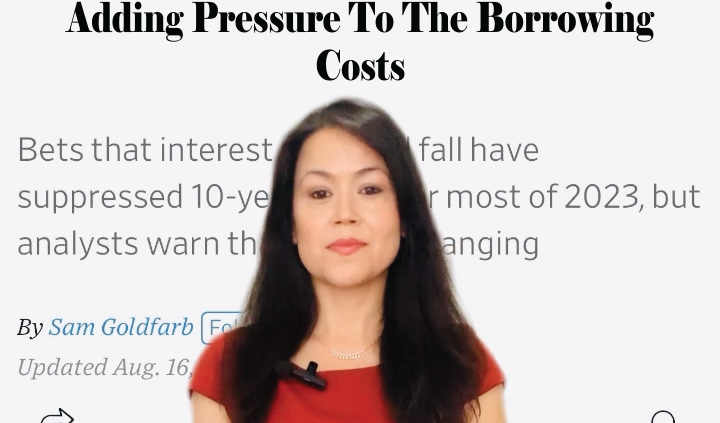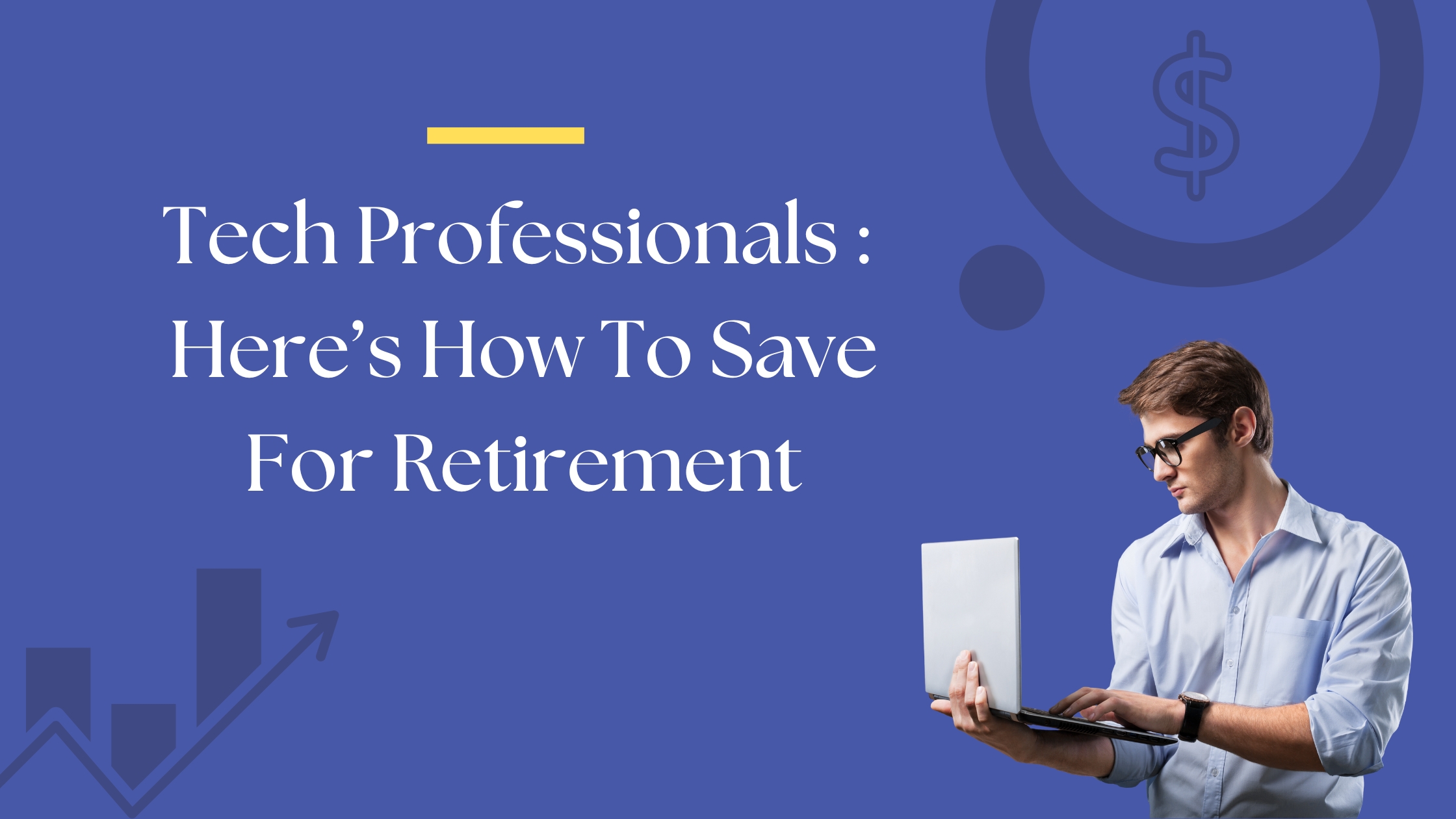Bond yields hit a 22-yr high: good news or bad news?
You know the saying, “There are decades where nothing happens, and there are weeks where decades happen.” Well, in the last few weeks, the 10-year treasury yield climbed up to more than four and a half percent – the highest it’s been in the last 22 years! What does this mean for your money? Let’s break it down.
If you prefer to watch this blog as a video instead, please find our video below:
The Bad News: Rising Borrowing Costs
First, let’s address the not-so-great news. The 10-year treasury rate influences the borrowing cost of virtually everything, from mortgage loans to credit cards to business loans. In recent weeks, mortgage rates have already surged above 7%, making homeownership more expensive. High borrowing costs are also putting pressure on business profitability and, consequently, impacting stock performance. To add to the concern, rates are expected to remain elevated for the foreseeable future.
The Good News: Restoring Balance in the Markets
Now, on the flip side of all this turmoil, there’s some good news too. The relationship between bonds and stocks has now been restored to how it was before the era of cheap money disrupted the financial landscape. Stocks are no longer the sole focus of investors. Bonds are once again offering some return on investment, compared to the almost-zero returns seen in recent years. This means your investment portfolio can be more diversified, balancing risk and return.
Moreover, should a recession occur, your bonds will actually protect your portfolio rather than simply mirroring the stock market’s decline. Bonds have historically served as a safe haven during economic downturns, offering stability when stocks are volatile.
The Bottom Line: Diversify, but Don’t Abandon Stocks
So, does this mean you should abandon stocks and invest solely in bonds or CDs? Absolutely not. While bonds are performing better than they have in years, stocks remain the long-term beneficiaries of economic growth, technological innovation, and corporate profits. They are the engine of long-term portfolio growth, with bonds serving as protectors during turbulent times.
The key takeaway here is to stick to your long-term investment strategy and ensure it’s diversified. A diversified portfolio helps manage risk and seize opportunities across different asset classes. This means you can benefit from both the growth potential of stocks and the stability of bonds. Keep your eye on the big picture, and remember that a well-structured, diversified portfolio is your best bet for financial success. Always stay informed, stay diversified, and stay focused on your long-term goals.









Leave a Reply
Want to join the discussion?Feel free to contribute!